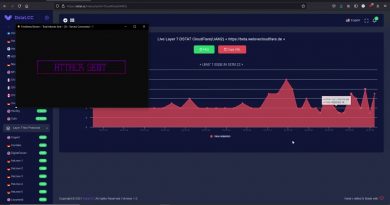Unleashing the Power of EC2 Instances: A Step-by-Step tutorial to create EC2 Instance with AWS Linux
Amazon Elastic Compute Cloud (EC2) instances lie at the heart of Amazon Web Services (AWS), representing virtual servers in the cloud that empower users to run applications with unmatched flexibility and scalability.
EC2 instances essentially provide resizable compute capacity, allowing users to scale up or down based on their computational needs. These instances come in various types, known as instance families, each tailored to specific use cases, performance requirements, and budget considerations.
The versatility of EC2 instances extends to the variety of operating systems they support, from popular Linux distributions to Windows Server. Users can choose the instance type that aligns with their application requirements, whether it be for general-purpose computing, memory-intensive tasks, storage optimization, or accelerated computing using specialized hardware like GPUs.
What sets EC2 instances apart is their on-demand provisioning, enabling users to launch virtual servers within minutes. This on-demand nature, coupled with the pay-as-you-go pricing model, ensures cost-effectiveness, allowing businesses to optimize their resources and expenses.
EC2 instances are not isolated entities; they seamlessly integrate with other AWS services, forming the backbone of complex cloud architectures. They can be part of auto-scaling groups, providing a dynamic response to changing workloads, and they often serve as the foundation for applications hosted on AWS.
by Analytica Learning
linux web server



